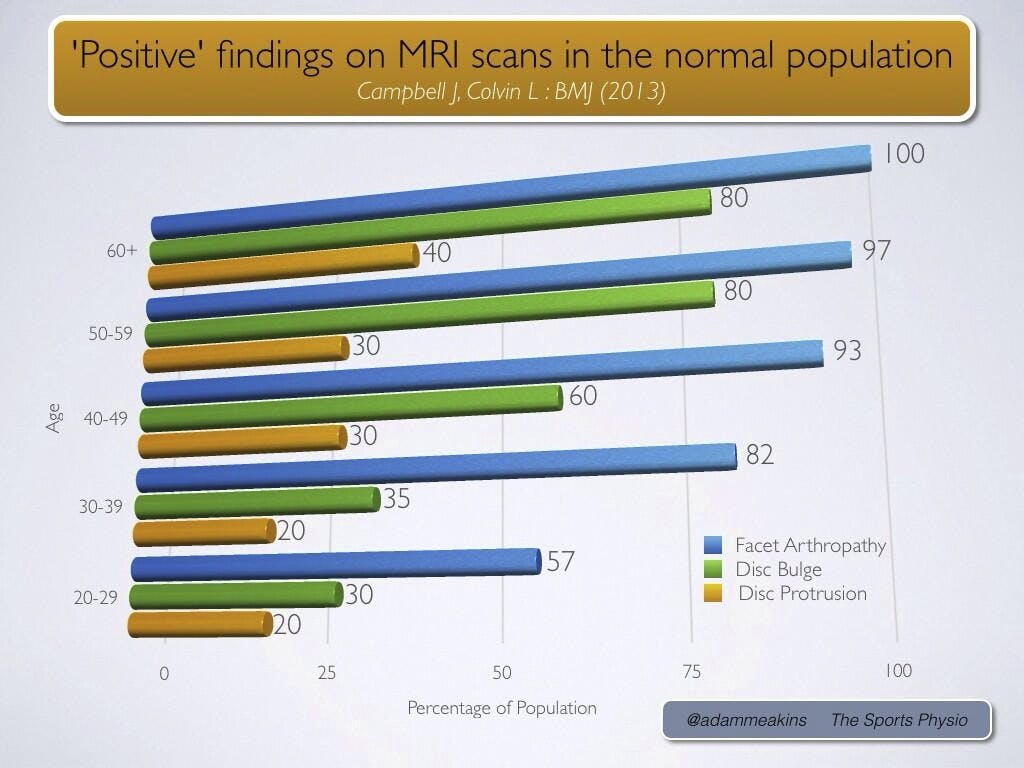Clinical Question: For patients with low back pain, is using the principle of Directional Preference through the McKenzie Method of Mechanical Diagnosis and Therapy Management efficacious?
Citation: Surkitt LD, Ford JJ, Hahne AJ, Pizzari T, McMeeken JM. Efficacy of directional preference management for low back pain: a systematic review. Phys Ther. 2012;92(5):652-665.
Clinical Bottom Line: Moderate evidence that directional preference management (DPM) was significantly more effective than a number of comparison treatments for pain, function, and work participation at short (12 months) follow-up. No trials found that DPM was significantly less effective than comparison treatment.
Summary of Key Evidence: The McKenzie Method is utilized in the treatment of LBP utilizing mechanical loading strategies (MLS). Directional Preference is the direction of MLS (exercise, etc.) that results in Centralization. Centralization is the proximal movement or abolition of distal symptoms in response to MLS. Directional Preference Management is individualized treatment based on the response to MLS.
- Procedure: 6 RCT’s were selected from an initial 5932 references from 1950 thru January 2010 randomizing 474 participants. Subjects were male and female, greater than 17 years of age, with lumbar pain with or without leg pain or neurological signs with varying duration. The PEDro scale was used to determine the methodological quality and treatment effect, 95% confidence intervals were calculated and homogenous study data was pooled.
- Outcome Measures: The Visual Analog Scale, numeric pain rating scale, Roland Morris Disability Questionnaire, Oswestry Disability Questionnaire and Functional Status Questionnaire were used with variability between the trials.
- Secondary Outcome: The trials compared DPM with lumbar mobilization, manipulation, stabilization, strengthening, general conditioning exercises and advice to remain active. Different outcomes were reported for different time periods of follow-up.
- Results: All trials except 1 were deemed high quality. Moderate evidence was found supporting the effectiveness of DPM when applied to participants with a Directional Preference in short and intermediate term follow ups. In high quality trials, DPM was shown significantly more effective than mid-range multidirectional exercises, advice and exercises in the opposite direction of DP.
- Appraisal of Applicability, Internal validity, and Statistical Validity:
- Threats-Low number of subjects, different trials reported different outcome measures, trials were heterogeneous so meta-analysis was not possible.
- Strengths-DPM was compared to common clinical treatments with heterogeneous patient population.
Applicability to Patient: If a patient has a Directional Preference, or their pain improves with certain movements, they will benefit from a management approach utilizing these principles.

